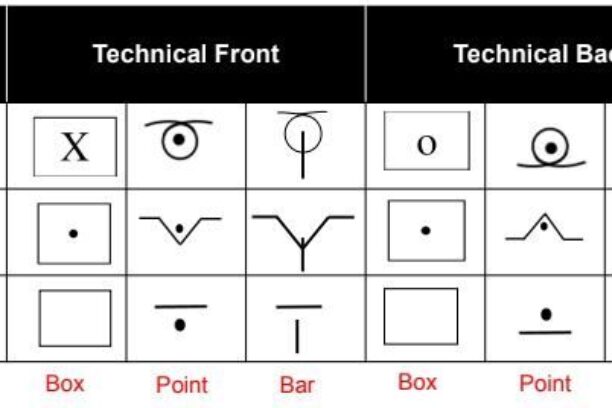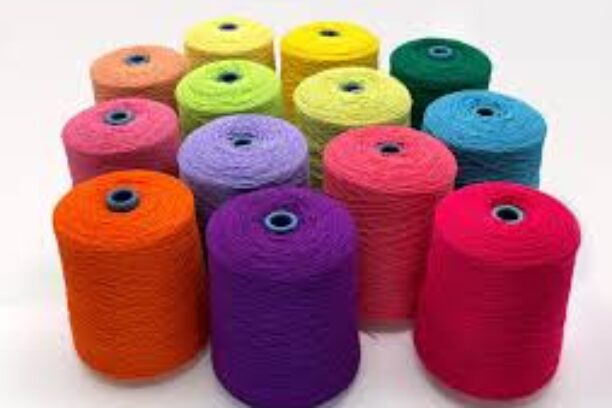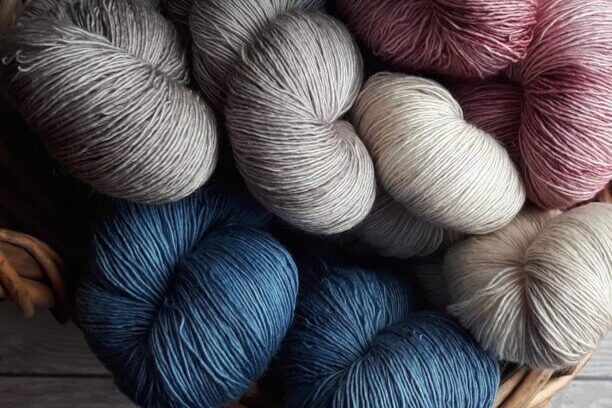Today’s market is filled with imitative counterfeit fabrics that look just like the real thing but function horribly. The consumer won’t know how to handle the materials during washing. It is suggested that consumers arm themselves with knowledge of fibers, their qualities, and their processing to solve these issues.
This enables the consumer to quickly determine the amount of fiber in the fabrics and make an informed decision on the purchase of the fabric or a product made from it. As they engage with clients and are responsible for all sales transactions, wholesalers and retailers must also be knowledgeable about fiber identification. Also, forensic scientists may find this information to be very helpful.
When the fiber content of cloth is unknown, the consumer will be most hurt. Although he cannot conduct laboratory tests, he can rely on certain
Non-Technical Fibre Identification
Non-Technical Fibre Identification to include appearance, feeling, est, and burning tests.
Physical appearance
The physical appearance of a cloth can sometimes be used to predict its fiber composition. Generally, natural fibers can be identified tentatively. The yarns are drawn from the fabric separately warp-wise and weft-wise. The parameters checked are
- Fiber length
- Lustre
- Fabric Surface
- Fabric Weight
The fibers are either filamentous or staples. Except for silk, most natural fibers are staples. Spun yarns are nevertheless produced by cutting filament fibers and spinning them on a cotton machine.
The Lustre of the fabric can be an indication of the fibre content such as silk, rayon, polyester, or any synthetic fibre. Cotton is dull, but mercerized cotton is bright; silk has lustre that is different from other fibres. Rayon has maximum lustre , banana, linen and jute has little lustre as compared to cotton.
Fabric surface may be smooth, soft, or hard; wool is soft to touch; bast fibers are hard to touch; all synthetics are smooth to touch
You can hazard a guess about the fabric’s weight by holding it in your palm. It might be wool if it feels light in weight but appears to be thick. All cellulosic fabrics, both manufactured by humans and nature, are heavy. Fabrics made of linen are a little heavier than those made of other cellulosic materials, All synthetics are light in weight.
Feeling Test
This test focuses solely on how a cloth feels when it is handled. After handling several fabrics, one develops this proficiency. Feel the fabric with your fingers to comprehend this expert perception. It can be a wool fabric when your fingers start to get warm.
If the fingers become cool by loosing heat, it may be one of the cellulosic fibers such as cotton, linen, jute, or even rayon as they are good conductors of heat. One more example of skilled perception is silk crepes and chiffons vs rayon/polyester crepes and chiffons. Silk is smoother to touch, while others are hard to touch. But this test has a limitation in identifying the exact fiber content.
Burning Test
The burning test, which is one of the non-technical tests, may be trustworthy because it allows for the identification of the fiber groups used in common textiles. It makes logical to use the test to identify the fibers because the burning characteristics of the fibers vary. For testing, the threads from the fabric need to be divided into warp and weft directions. When the yarns are close to the flame, during the flame, and after the odor and residue have been removed from the flame, observations should be performed. The documented observations of the widely utilized fibers are shown in the table here.
| Fibre | Approaching Flame | In flame | Removed from flame | Rate of burning | Odour | Residue |
|---|---|---|---|---|---|---|
| Cotton | Scorches ignites readily | Burns with yellow flame | Continues to burn; after glow | Quick but stable | Paper burnt smell | Feathery light to greyish ash. Black ash for mercerized. |
| Linen | Does not shrink, and ignites upon contact | Burns with yellow flame | Continues to burn | Quick but slower than cotton | Paper burnt smell | Feathery grey ash |
| Man made cellulosic Rayon | Does nor shrink, ignites upon contact | Burns readily | Continues to burn | Very fast | Paper burnt smell | Light grey feathery ash |
| Silk | Curls away from flame | Burns with difficulty | Self-extinguishing | Slow | Burnt hair smell | Crushable black brittle bead |
| Wool | Curls away from flame | Burns with difficulty & sputters | Self-extinguishing | Very slow | Strong Burnt hair smell | Crushable black brittle bead |
| Polyester | Fuses, melts and shrinks away from flame | Takes up fire readily | Continues to burn | Fast | Aromatic smell | Uncrushable bead |
| Nylon | Melts away from flame, shrinks, fuses | Takes up fire readily | Self-extinguishing | Fast | Aromatic smell | Uncrushable bead |
| Acrylic | Melts and fuses away | Takes up fire | Continues to burn | Fast | Acrid | Irregular hard, black |
| Spandex Lycra | Fuses does not shrink away from flame | Burns with melting | Continues to burn with melting | Moderate | Chemical smell | Soft, sticky and gummy residue |



